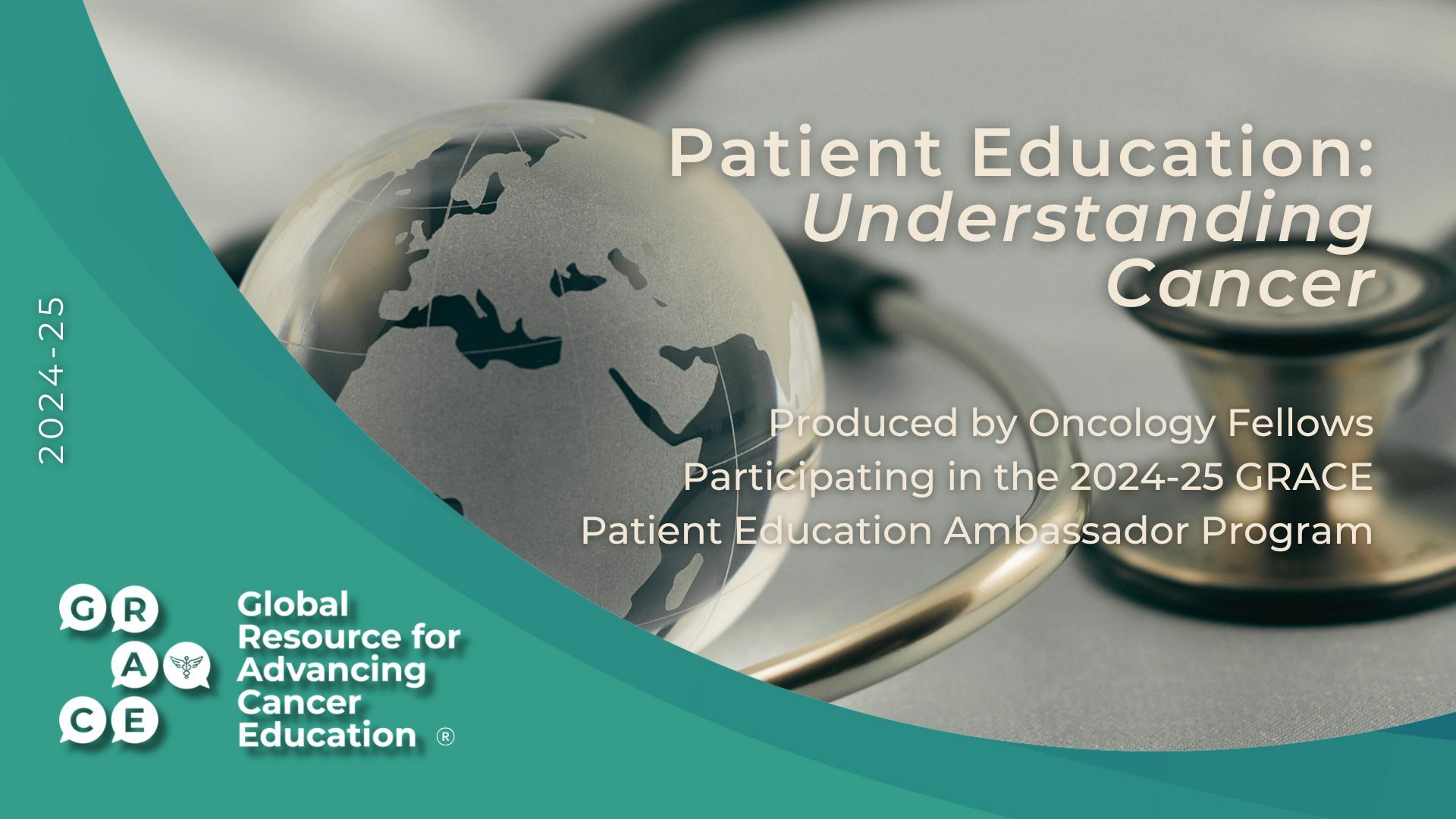Article and Video CATEGORIES
One of the longstanding ideas in lung cancer management is that you exhaust the benefit of first line combination chemotherapy after 4-6 cycles of treatment. This is based on a few trials that showed no survival benefit for treating beyond that point, as summarized in this early post I wrote all the way back in my first few months of doing this (OncTalk days, pre-GRACE). This standard of care is based in part on the premise that the incremental adverse effects may escalate faster than any incremental benefit for a platinum-based doublet. With cisplatin, cumulative nausea, fatigue, risk of significant kidney damage, neurotoxicity, and overall "platinum blues" tend to make treatment beyond 6 cycles infeasible and disproportionate to any potential added benefits of ongoing therapy. With carboplatin, cumulative cytopenias (low blood cell counts) and a rapidly escalating risk of a severe and potentially dangerous hypersensitivity reaction (which can also occur with ongoing cisplatin but is notorious and almost inevitable with carboplatin) make indefinite carboplatin too challenging and inadvisable.
In the last few years, the concept of maintenance therapy for patients who haven't experienced progression or prohibitive side effects after 4-6 cycles of first line combination chemotherapy has taken hold. Initially, this default strategy was baked into the development of Avastin (bevacizumab): the trial that led to approval of Avastin gave six cycles of carbo/Taxol (paclitaxel)/Avastin, followed by maintenance Avastin. It showed a survival benefit for the whole program, but it was not possible to say whether the benefit was from the addition of Avastin with chemo, from the maintenance Avastin, or both components.
Meanwhile, many trials over the last few years have shown a clear improvement in progression-free survival (PFS) and a suggestion of improvement in overall survival (OS) with addition of switch maintenance therapy, where a new treatment is initiated after 4-6 cycles of first line combination chemotherapy is completed in non-progressing patients. This work is discussed in more detail elsewhere and led to a general standard of at least considering maintenance therapy in this setting for appropriate patients, even if the data supporting a survival benefit are flawed enough to leave most experts considering maintenance therapy far from a mandate.
So now let's turn to the question of whether there might be a value in continuation maintenance therapy, where one or more of the agents from the first several cycles of treatment is continued as a maintenance therapy until progression, following the discontinuation of one or more agents from first line therapy. At this point, I would say that we now have a good amount of compelling evidence that 1) there is clear evidence that patients who benefit from the first four (or potentially more) cycles of first line therapy can benefit from continuing it on an ongoing basis, and 2) the magnitude of benefit appears to be very comparable, if not superior, to "switch" maintenance therapy. It depends on the individual patients, but it's clear that the benefit of some agents is not exhausted after four cycles in certain patients. Let's take a closer look at the evidence.
First is the "TORCH" study done primarily in France by Perol and colleagues, which I covered rather exhaustively in a prior post. This trial gave cisplatin and gemcitabine for four cycles to all patients, then randomized non-progressing patients to either maintenance gemcitabine (continuation maintenance therapy), Tarceva (erlotinib) (switch maintenance therapy), or observation; all patients were then started on Alimta at the time that progression was detected. Both gemcitabine and Tarceva were associated with an improvement in PFS and a non-significant, slight trend toward improved OS compared with no maintenance therapy; while the trial wasn't designed to compare the maintenance strategies to each other, gemcitabine appears numerically (and I would argue convincingly) more impressive in every measurement. In particular, patients who had an objective response (complete or partial response) to first line chemo with cisplatin/gemcitabine were especially likely to benefit from maintenance gemcitabine. While Tarceva is FDA-approved and used pretty commonly as a maintenance therapy now, no company has a financial incentive to advocate maintenance gemcitabine... so nobody really talks about maintenance gemcitabine.
More recently, we've seen data from the PARAMOUNT trial (covered well in Dr. Nasser Hanna's podcast on Highlights in Lung Cancer from ASCO 2011), done in Europe and randomizing patients after four cycles of cisplatin/Alimta (pemetrexed) to maintenance Alimta or placebo. This reported a very clear and highly statistically significant PFS benefit with Alimta, while OS wasn't reported at ASCO. As in the TORCH study, the patients who demonstrated significant tumor shrinkage from the first line combination had the greatest benefit from additional Alimta chemotherapy.
Finally, I recently covered the results from the European AVAPERL study that randomized patients who hadn't progressed after four cycles of cisplatin/Alimta/Avastin to either maintenance Alimta/Avastin or Avastin alone-- two different versions of continuation maintenance therapy. This trial showed an overwhelming and statistically significant benefit in PFS for the Alimta/Avastin combination, along with a trend favoring the combination for OS. And the actual numbers in this trial look excellent -- some of the best results that we've ever seen in advanced NSCLC. This trial strongly supports the benefit of further Alimta and calls into question the real value of maintenance Avastin as a single agent for advanced NSCLC.
Putting all of these results together, it's clear to me that continuation maintenance therapy can be every bit as effective as switch maintenance therapy, and therefore, there is still potential benefit in further therapy for an agent beyond 4-6 initial cycles. In addition, patients who have benefited most from an agent as first line therapy are the ones most likely to still benefit from more of it.
In my mind, the challenge is that there are certain agents that don't lend themselves well to ongoing therapy: the platinums, for the reasons I mentioned above, Taxol for its high probability of significant neuropathy, and perhaps also Taxotere (docetaxel) for cumulative fatigue and low blood counts. But overall, these studies indicate that for the agents that can be administered and well tolerated for a prolonged period of time, the value isn't exhausted after a few months and can provide meaningful benefit for patients who haven't progressed on them, especially those who showed tumor shrinkage from them.
Please feel free to offer comments and raise questions in our
discussion forums.




